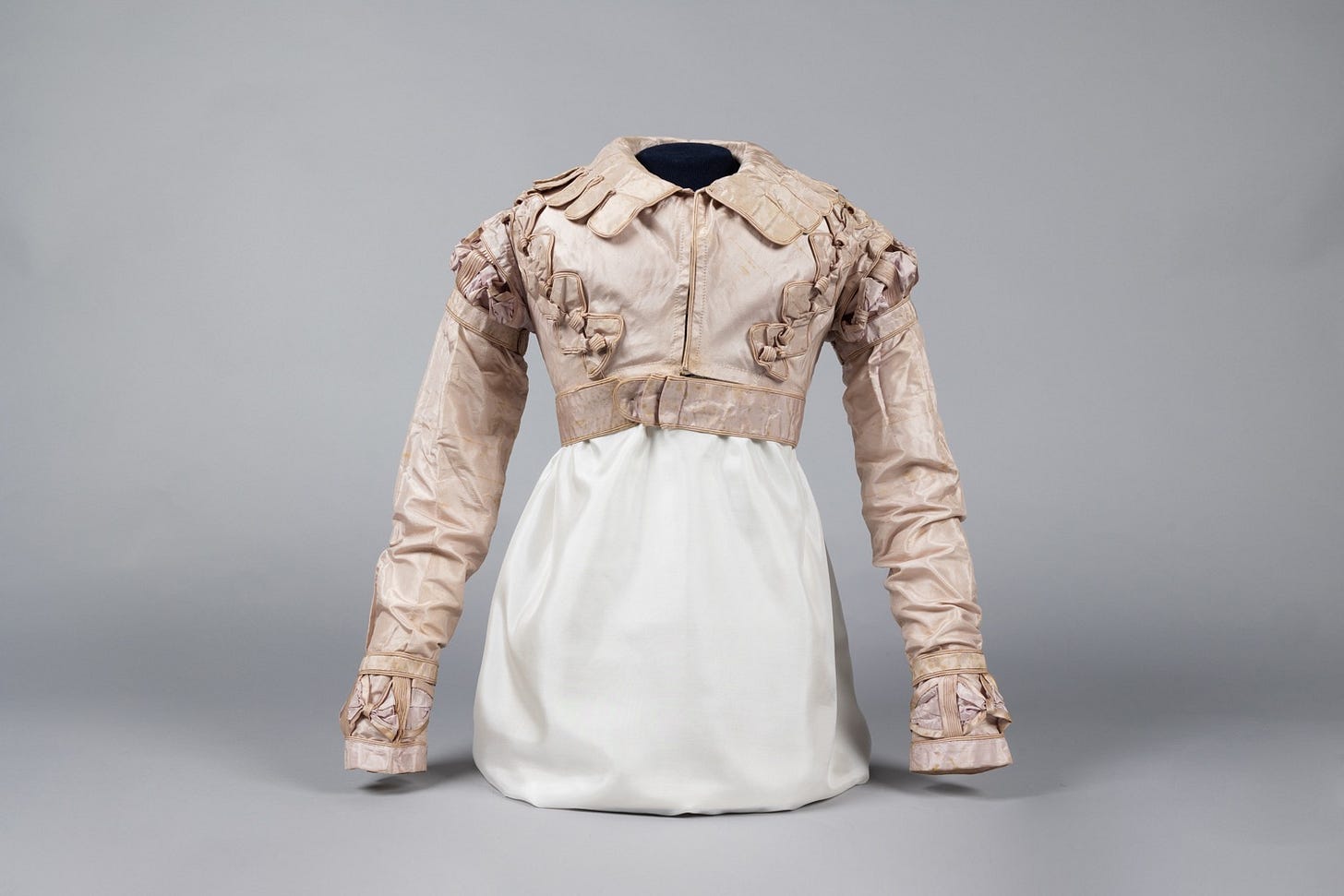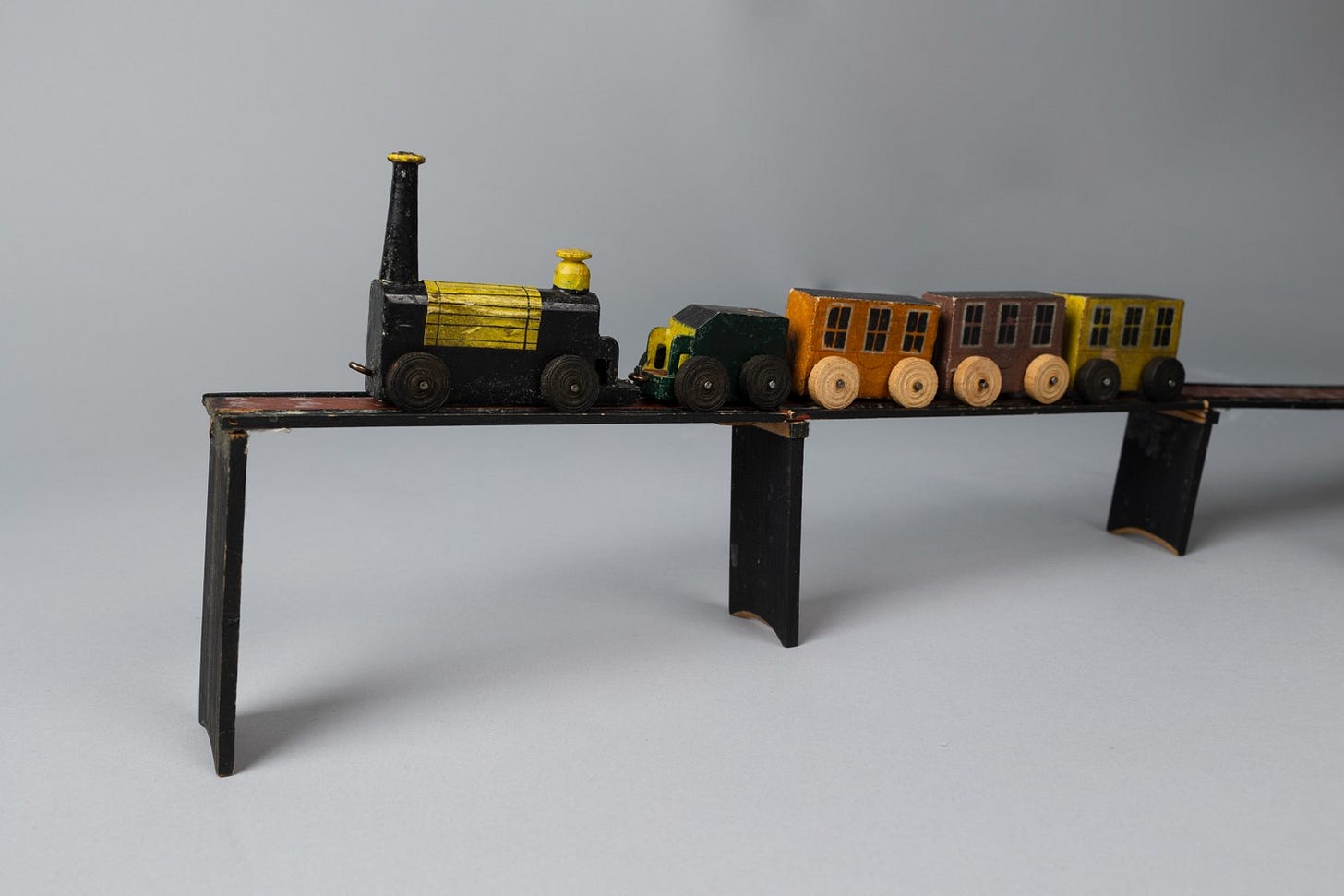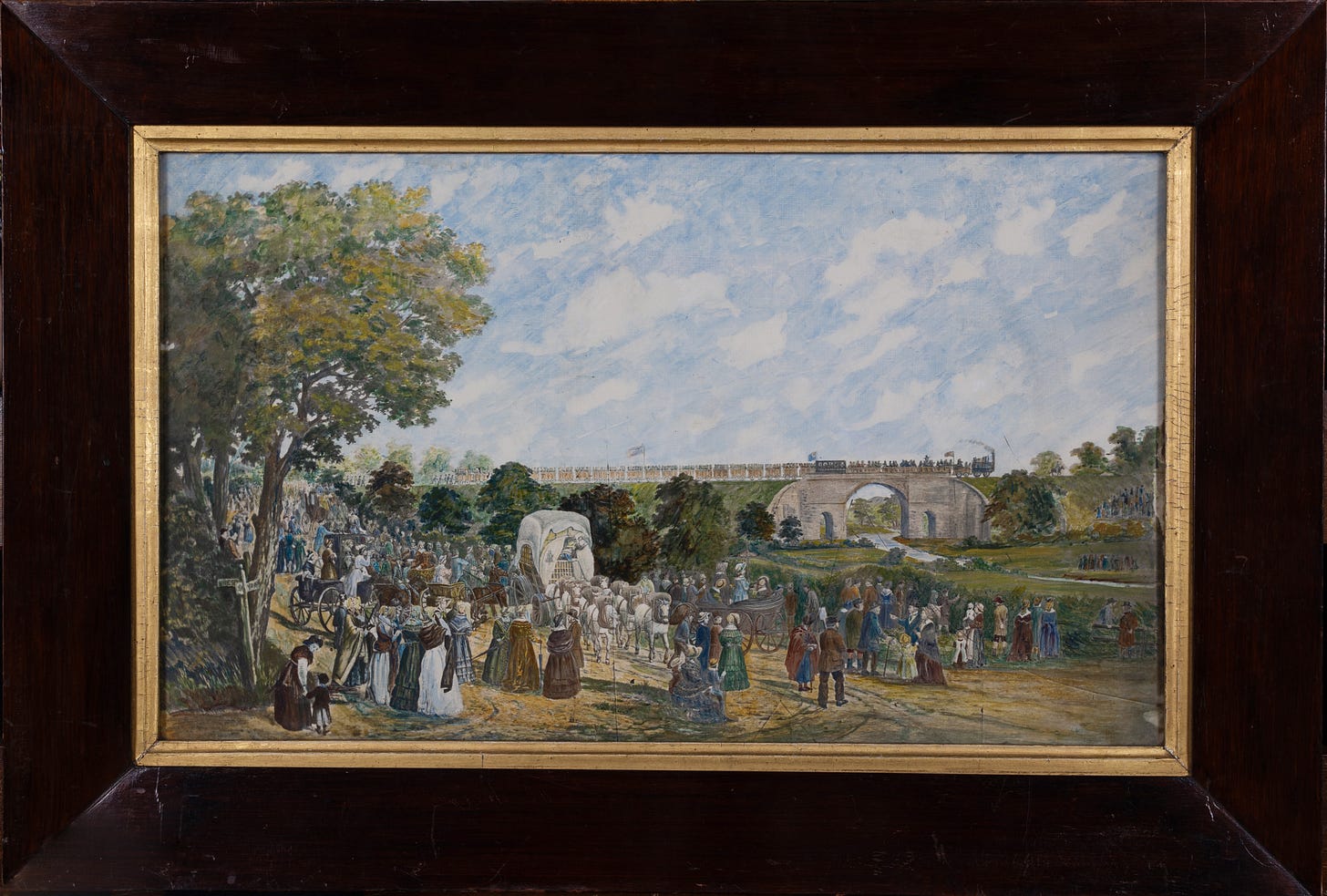Fashion on the rails at Bowes Museum
What to wear when the new railway came to town? Tony Henderson tracks the changes in fashion as life speeded up.
A journey on the newly arrived railway would have been a memorable occasion for passengers whose lives would be changed by the train.
On an individual basis, the railways impacted everything from fashion to the new leisure opportunity of the development of the seaside holiday.
This month’s 200th anniversary of the opening of the Stockton & Darlington Railway - the world’s first public railway to use steam locomotives - is being marked by a new exhibition, titled Dressed for Departure: Fashion in the Age of Rail, at the Bowes Museum in Barnard Castle.
It assembles historic fashion, artworks and objects that reflect how the engineering advances reshaped lives and culture, especially in the North East, and how the beginning of the railway transformed not just transportation, but also personal style, artistic expression and social habits.
Darlington’s Edward Pease (1767–1858), often referred to as the Father of the Railway, played a pivotal role in founding the Stockton & Darlington Railway.
Visitors will be able to see items worn and used by members of his family, including a wooden train and track which almost certainly belonged to his granddaughters, and which is probably one of the first ever toy train sets.
The display includes fashion items which would have been worn by early lady passengers, including lightweight cotton and silk dresses using new dyes, which were more suitable for outings to the new seaside resorts.
Photographs show how fishing villages such as Seaton Carew were changed by the railway into seaside visitor destinations.
This gave rise to men’s wool bathing costumes, which are also on show, as railways began to actively promote trips to the coast.
Highly fashionable for women in the 1820s at the start of the railways was the “Spencer,” a short type of jacket. This was introduced by George, Earl Spencer, who was said to have had the tails removed from his coat after an accident with an open fire.
The display also features a court suit of coat, breeches, hat, waistcoat, dress sword and scabbard worn by Henry Pease, a director of the S&DR and MP for South Durham who brought the railway to Barnard Castle.
A poster advertising a day of events to mark Barnard Castle joining the network in 1854 details a procession, a dinner and a public tea.
It is not just passenger costume which is featured. The exhibition includes a scarlet guard’s coat donated by Thomas Atkinson, who was the guard on the first train from Barnard Castle to Redcar on July 8, 1856.
On display is the wedding dress of Eleanor Thomlinson, who married locomotive driver Robert Rainee. They lived in Railway Terrace in Sunderland, and Eleanor worked as a dressmaker at Binns store in the town.
A copy of the painting by John Dobbin of the opening day of the S&DR with Locomotion No. 1 crossing Skerne Bridge is also featured.
Rachel Whitworth, curator of fashion and textiles at the Bowes Museum, said:
“Dressed for Departure captures the excitement and transformation that railways brought to society, reflected in the garments people wore, the toys they played with and the places they visited.
“The railway transformed lives, it created jobs and opened up the country, bringing with it new fashions.
“We hope visitors leave with an appreciation of how railway innovation has influenced all aspects of life, from the past to the present.”
The Stockton & Darlington Railway has strong links to the Bowes Museum, particularly through its founders. From 1832, John Bowes served as MP for South Durham alongside Joseph Pease, who, with his father Edward, helped establish the railway.
Joséphine and John Bowes were early users of the railway, relying on the expanding network not only for faster travel between England and France but also to transport artworks purchased in Paris to their estate at Streatlam Castle, near Barnard Castle.
The exhibition opens on September 27 and runs until February 1. More information from the Bowes Museum website.






